Southern ports struggle in internecine battle
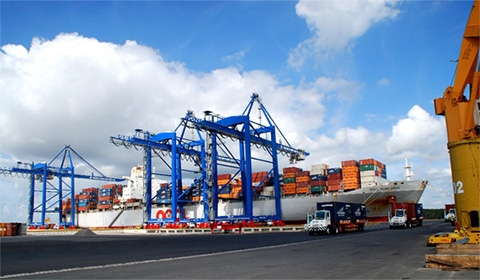
illustration photo
According to the latest report of Ba Ria-Vung Tau Provincial People’s Committee, six container terminals in the Cai Mep – Thi Vai area are operating at a meagre 15 per cent of their designed capacity, mirroring the dire situation of terminal operators’ up and down in the country. The volume of cargo moving through the terminals last year declined 6.5 per cent from 2011, forcing most of the terminals to reluctantly accept bulk cargo in an attempt to reduce losses.
Nguyen Xuan Ky, deputy director of Cai Mep International Port, said he saw no signs that cargo volumes would increase this year.
Tran Khanh Sinh, director of Tan Cang-Cai Mep, also had a gloomy outlook. He blamed the economic slowdown, the slow pace of relocating terminals from Ho Chi Minh City and incentive grants to encourage shipping lines to dock at the Cai Mep–-Thi Vai area.
“We now have to share the pie with terminals in Ho Chi Minh City, which should be closed and relocated to Ba Ria-Vung Tau in accordance with the government plan,” Sinh said.
The Cai Mep-Thi Vai port complex was touted to become an international transshipment port in the southern region to replace the Saigon Port complex.
From 2009 to 2012, five terminals were put into operation in the complex, including Cai Mep International Terminal, SP-PSA International Port and SP-SSA International Container Terminal, which were jointly developed by state-run Vinalines and Denmark’s APM Terminals BV, Singapore’s PSA International and the US’ SSA Marines, respectively. The other terminals are Saigon New Port’s Tan Cang-Cai Mep Container Terminal and Hutchison Port Holdings’ Saigon International Terminals.
In January this year, the Ministry of Transport inaugurated another container terminal, Cai Mep-Thi Vai International Container Terminal. The new terminal will be under the management of Japanese operator Nippon Yusen Kaisha. The opening of new terminals in the port complex added a further burden on existing operators, already reeling from last year’s losses.
Presently, shippers continue running cargo through Ho Chi Minh City’s ports due to the sluggish realisation of the relocation of the city-based ports to the Cai Mep-Thi Vai area.
Shippers are also put off by the inefficient inland infrastructure linking terminals. Roads such as National Road 51 connecting the Cai Mep-Thi Vai area with other provinces like Dong Nai and Binh Duong, home to thousands of foreign-invested companies, are not yet up to the task of rapid transport.
What the stars mean:
★ Poor ★ ★ Promising ★★★ Good ★★★★ Very good ★★★★★ Exceptional
Latest News
More News
- MoF unveils reforms to Law on Bidding in draft (April 23, 2025 | 18:23)
- Norway aids green maritime credentials (April 23, 2025 | 16:21)
- Investors from Europe aspire to constructive and open trade (April 23, 2025 | 16:06)
- Investors increase high-tech activities (April 23, 2025 | 15:43)
- Plenty of areas for Vietnam and Thailand to cooperate (April 23, 2025 | 15:37)
- Bac Giang International Logistics Centre launched (April 23, 2025 | 12:02)
- Green engagement rides high in Vietnam (April 22, 2025 | 14:54)
- Public-private partnerships a lever for greener innovation (April 22, 2025 | 14:44)
- Unlock transport potential to accelerate Mekong Delta growth: PM (April 22, 2025 | 11:34)
- AEON Vietnam breaks ground on new project in Hai Duong (April 21, 2025 | 11:56)

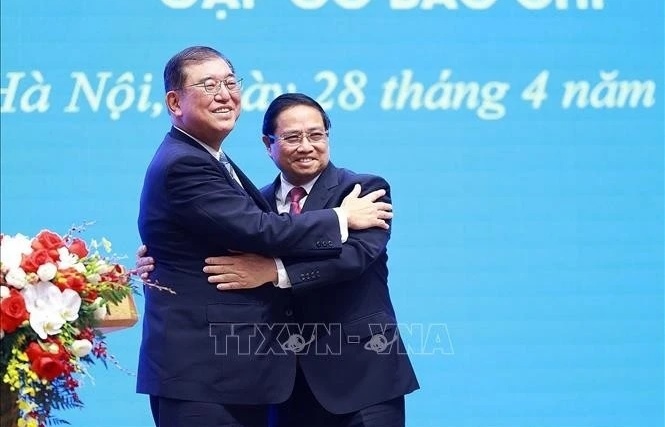

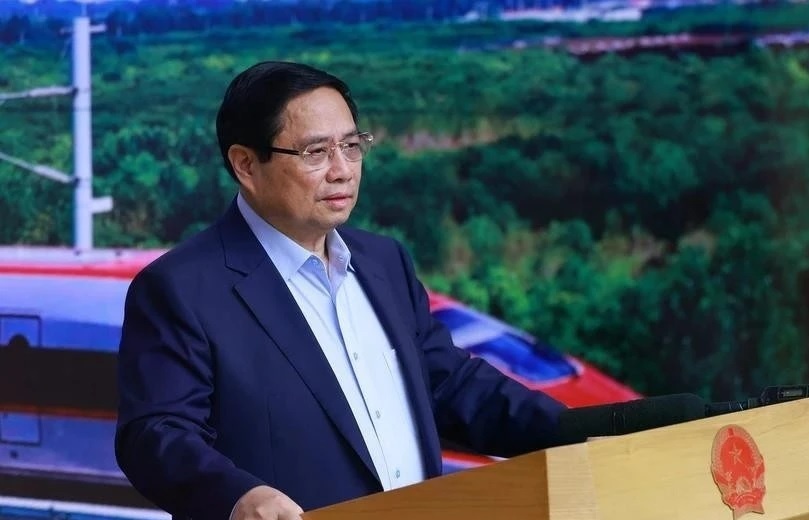
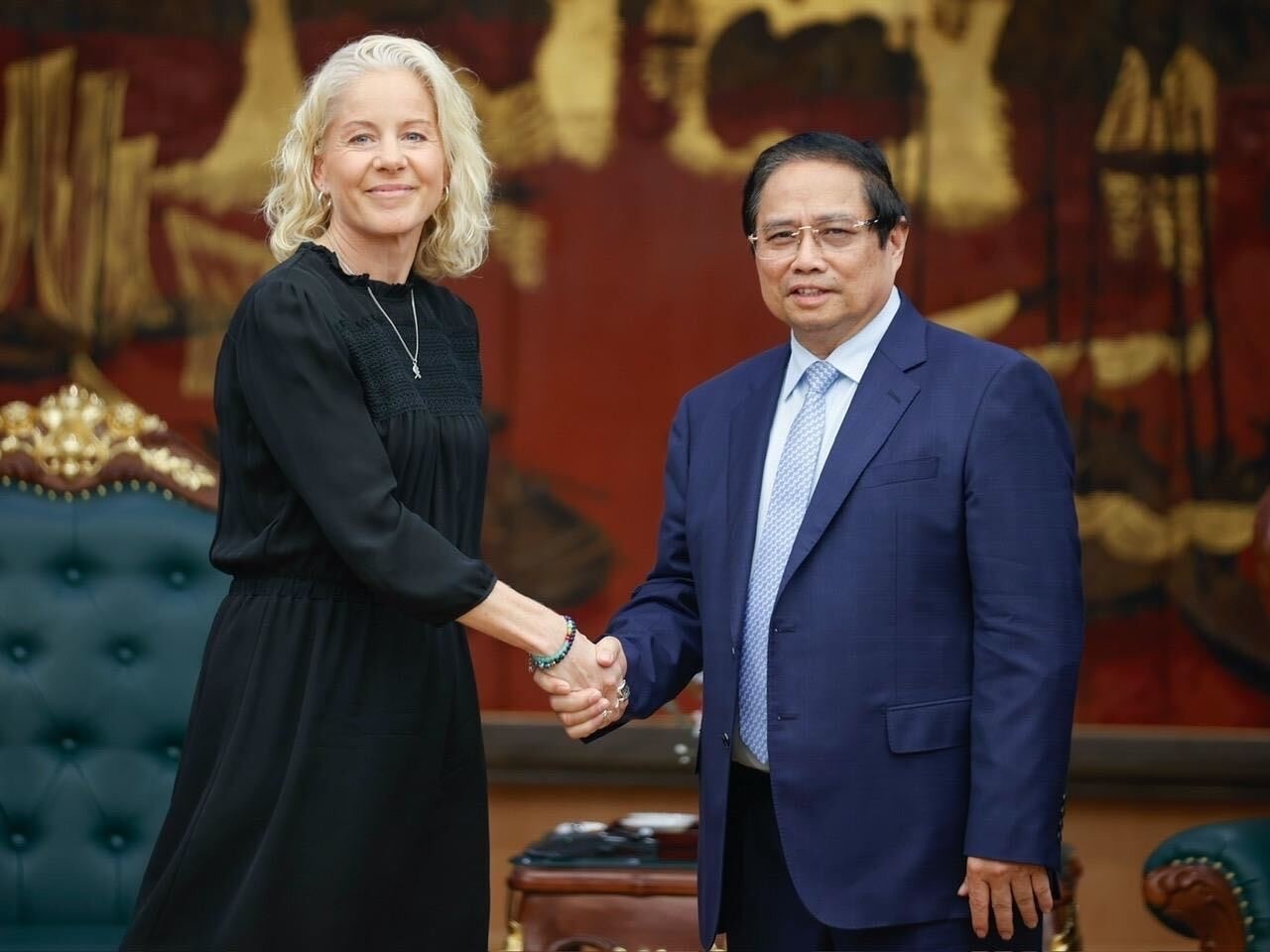
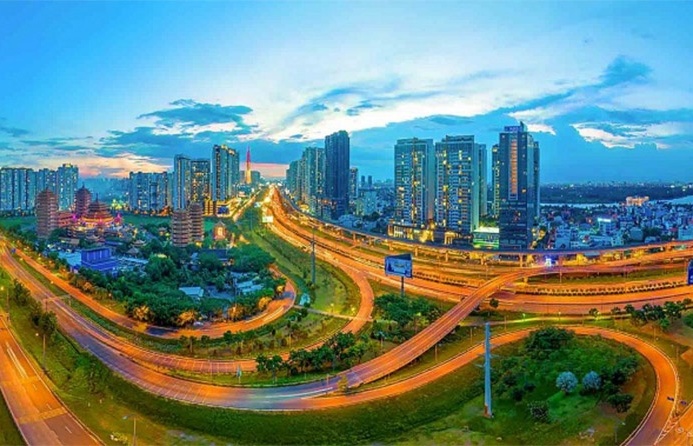
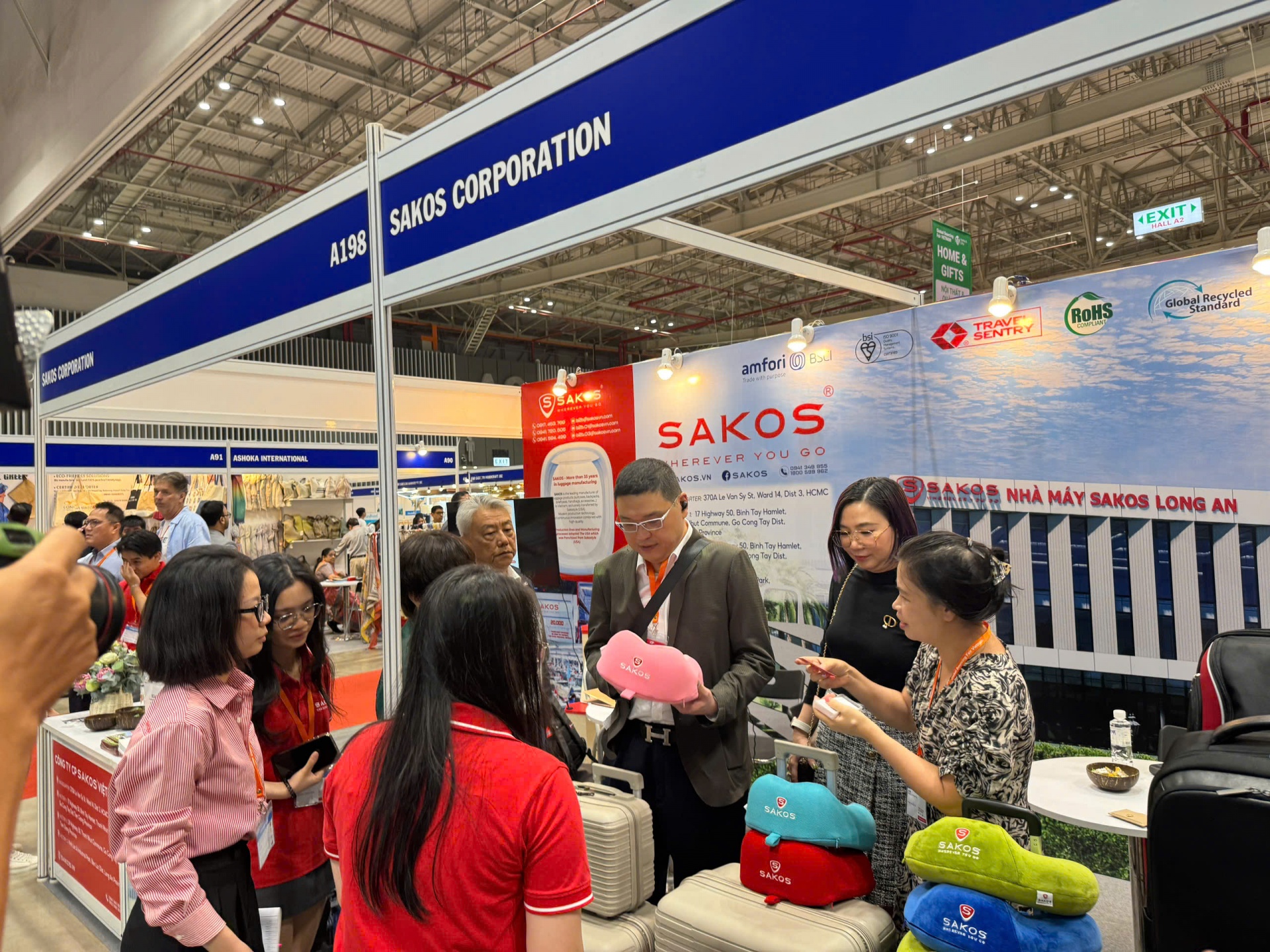








 Mobile Version
Mobile Version